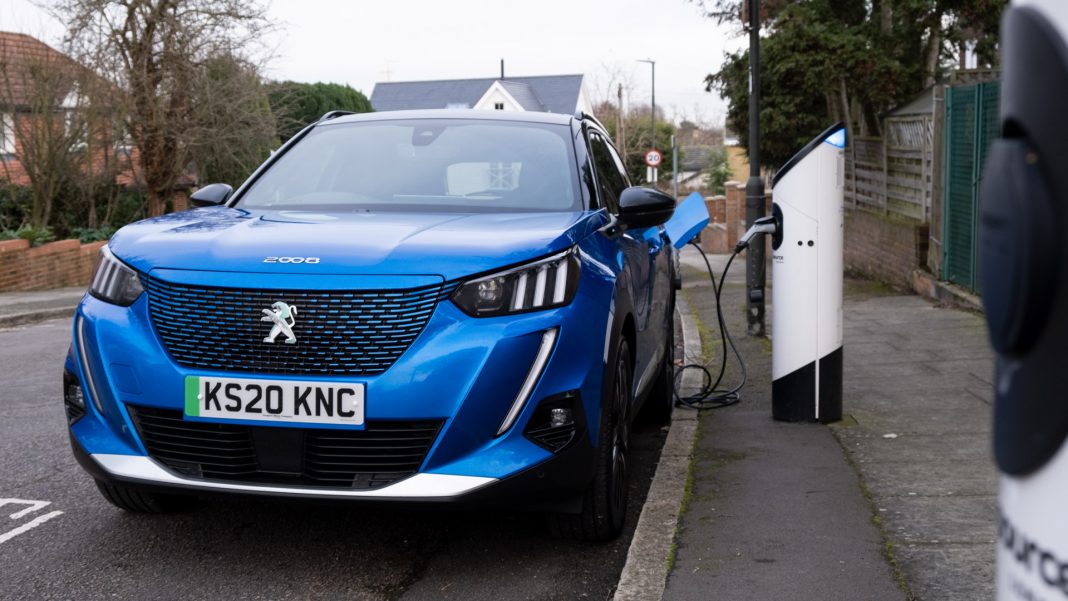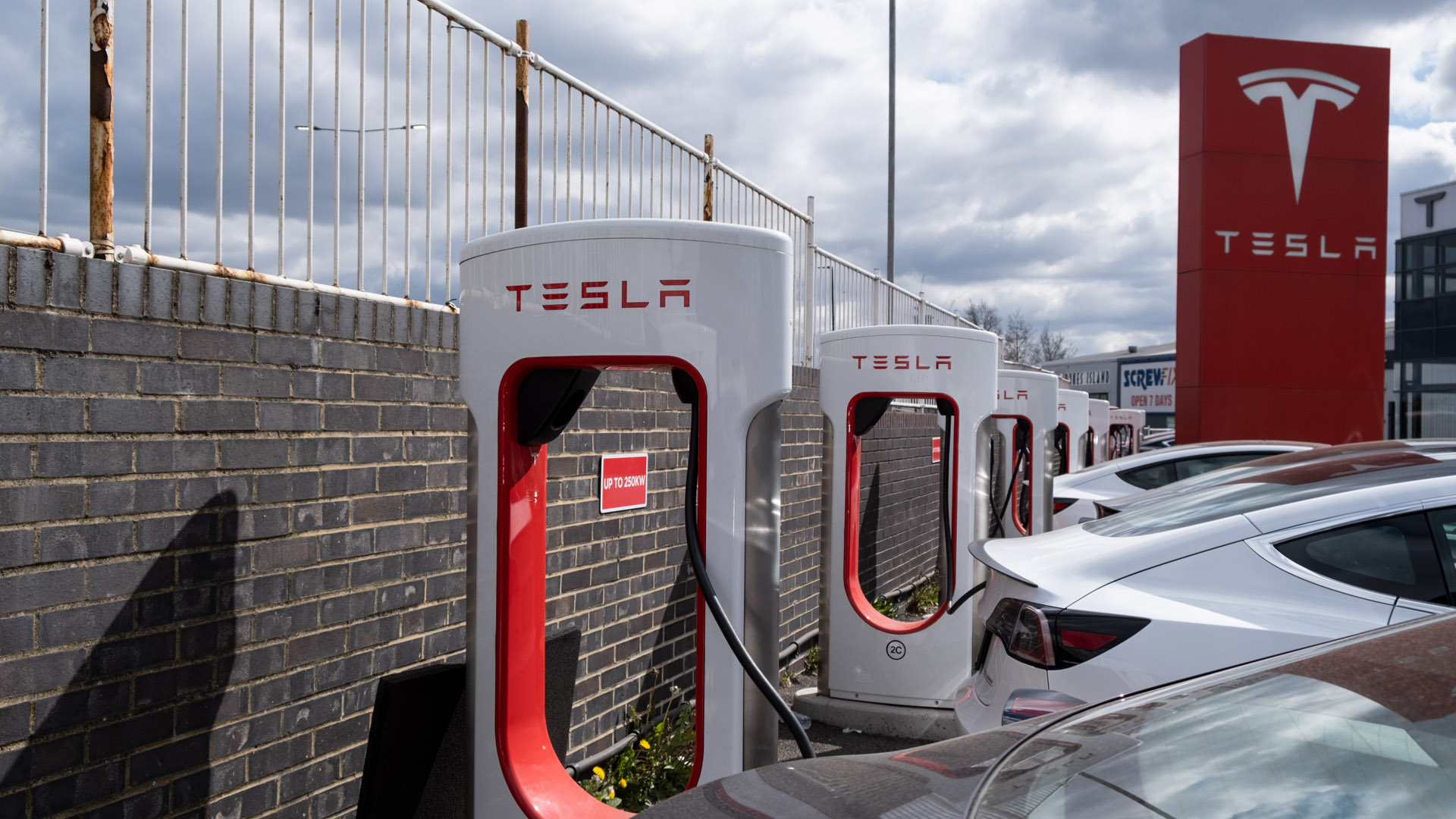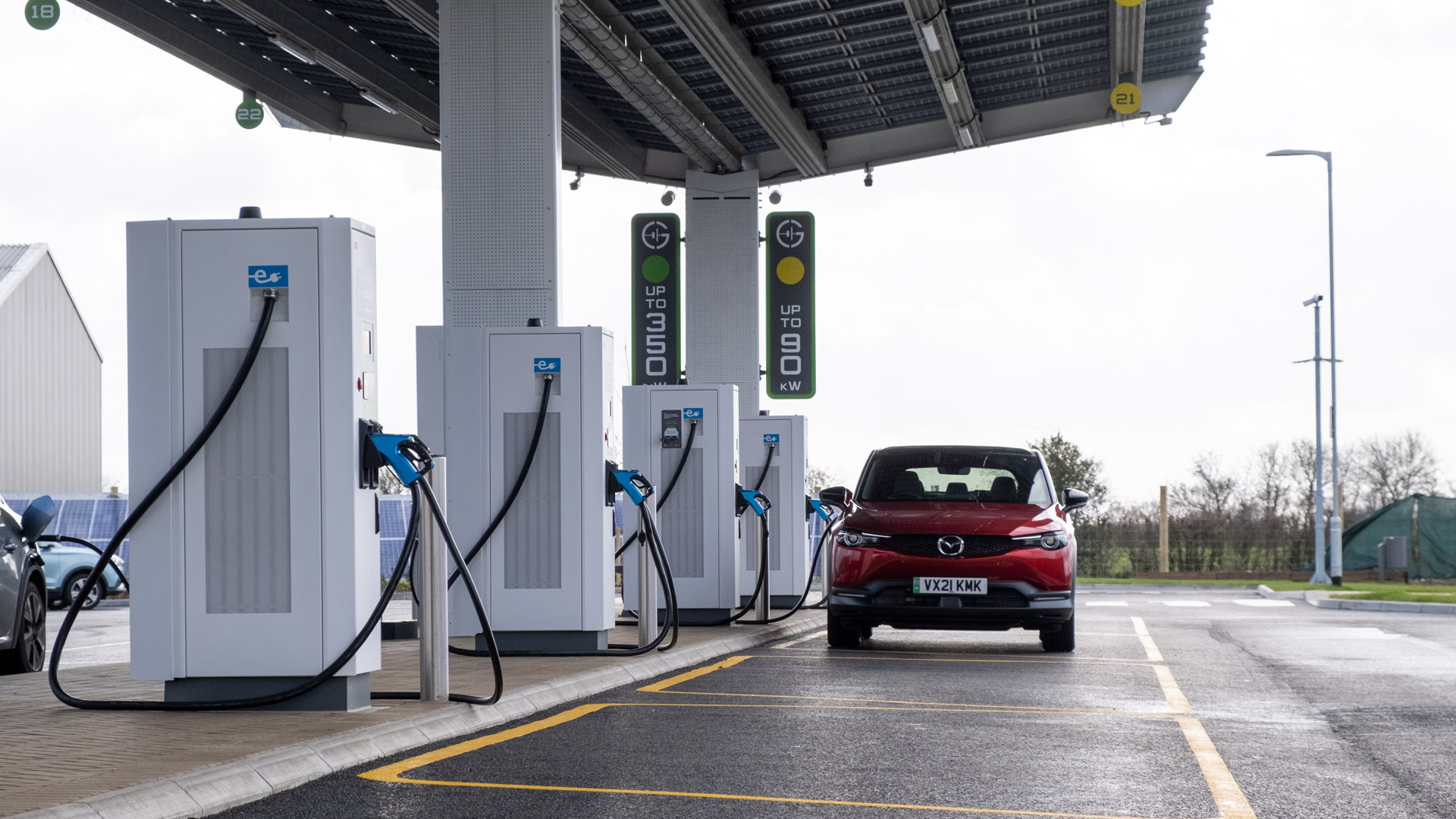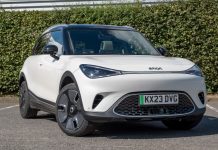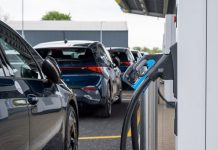The electric vehicle revolution, so long heralded, is finally becoming a reality. While other sectors of the economy have stagnated during the lockdown, sales of electric vehicles (EVs) have skyrocketed, with a recent report from RAC showing a stunning surge in the number of new EV registrations. In the 12 months to September 2020, private registrations of pure-electric vehicles rose by 53% across the UK.
There is a multitude of reasons why more drivers are choosing to go electric, from reducing their carbon footprint to the knowledge that EVs pay for themselves after just 16,000 miles. But soaring adoption means infrastructure will be under increasing strain and we need innovative solutions to help it to cope.
To explore the infrastructure challenges and the critical role data plays in EV adoption, TotallyEV reached out to David Watson, CEO of Ohme, to get his views on the subject.
Read next: Renault Zoe review: Best electric family car?
What difference does data make?
According to the Climate Change Committee, half of the cars on UK roads (16 million) must be electric by 2030 to make the government’s 2030 climate change goal a reality. This will require a colossal increase in the UK’s peak energy capacity. Theoretically, if these predictions are met and every EV owner in 2030 plugs in at the same time, the grid simply won’t be able to handle the surge in demand.
But upgrading infrastructure through building huge battery gigafactories is costly and time-consuming. There’s no doubt the investment is worthwhile but in the here and now we need a way to effectively balance power around the grid to maximise the capacity we already have.
Smart charging data provides the means to do just that. The way the grid works today, energy providers have very limited visibility of when EV owners are driving or charging their vehicles. This means that grid balancing strategies are currently based on hypotheses rather than real-world data. By installing smart charging tech in homes and public spaces, a world of consumer data, energy data and transport data is opened up. This all adds up to unparalleled insight into actual EV driver behaviour at a micro-demand level.
Read next: Smart technology helps EV owners save money
How can the industry really put data into action?
Real-world data means companies like Ohme can develop a deep understanding of EV driver behaviour, which can then be used to inform the creation of strategies to help balance peak demand on the grid – from the bottom up.
What’s more, granular data like this can help the grid and distribution networks understand how best to design a new system of mass-market flexibility as we transition to renewable energy. In real terms, this means ensuring energy is always available to EV drivers when they need it. When renewable energy is at an excess, the energy can be stored in empty EV batteries to prevent surges on the grid and when it’s not, energy can be smartly transferred to the EV drivers who need it at the time. Put simply, a smart connected network makes for a new, flexible approach to energy usage.
Read next: The best dash cams to mount inside your vehicle
On top of all that, a data-led approach can work seamlessly to offer consumers the best price for the energy they need by automatically working out when is the cheapest time to charge their vehicle. It sounds almost too good to be true and that’s because we’re not all the way there yet. We have the technology, but to implement it for the good of the grid and the whole EV ecosystem, we need mass adoption of smart, data-led EV charging solutions, and of course the vehicles themselves.
The world faces an unprecedented set of environmental and energy challenges this century. If we’re to meet the UK’s ambitious 2030 climate goals, we will need to work in close collaboration to harness these new technologies and gather the data insights we need to make the renewables and electric revolution a reality.
What do you make of the country’s charging infrastructure? Let us know in the comments section below, or via social media – we’re on: YouTube, Instagram, Facebook, Twitter and LinkedIn.

